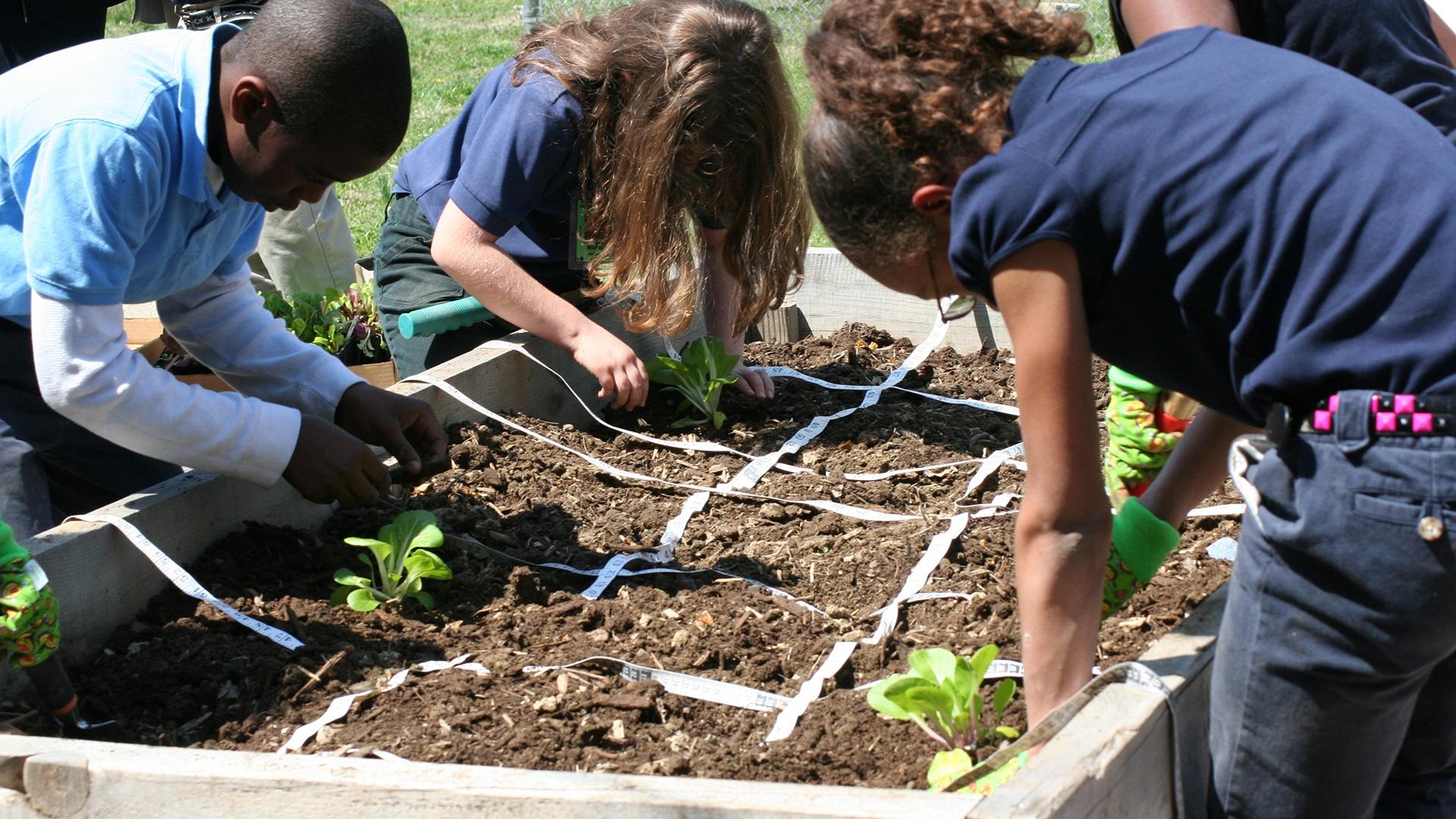The Urgent Need for Climate Change Mitigation
Climate change, a global phenomenon, has escalated to the forefront of our concerns. The scientific consensus is overwhelming: our planet is warming at an alarming rate, primarily due to human activities. The burning of fossil fuels, deforestation, and industrial processes have released vast quantities of greenhouse gases (GHGs) into the atmosphere. These gases, including carbon dioxide (CO2), methane (CH4), and nitrous oxide (N2O), trap heat, leading to a rise in global temperatures, which in turn triggers a cascade of effects, from melting glaciers and rising sea levels to more frequent and intense extreme weather events. The consequences are far-reaching, impacting ecosystems, economies, and the very fabric of human societies.
The time to act is now. Delaying action will only exacerbate the problem, making it more difficult and costly to address in the future. Mitigation strategies, aimed at reducing GHG emissions and removing them from the atmosphere, are essential. Among these strategies, planting trees stands out as a particularly promising and accessible solution. It’s not a silver bullet, but it’s a powerful tool in our arsenal.
The Role of Trees in Climate Change Mitigation
Trees play a crucial role in mitigating climate change through several mechanisms:
- Carbon Sequestration: This is arguably the most significant benefit. Trees absorb CO2 from the atmosphere during photosynthesis, using it to build their trunks, branches, leaves, and roots. This process effectively removes carbon from the atmosphere and stores it in the tree’s biomass. A forest acts as a carbon sink, continuously removing and storing carbon over time. As trees grow, they absorb more CO2, making older forests particularly effective carbon sinks.
- Oxygen Production: During photosynthesis, trees release oxygen (O2) into the atmosphere. This is essential for the survival of most life on Earth.
- Cooling Effects: Trees provide shade, which helps to cool the surrounding environment. They also release water vapor through transpiration, which has a cooling effect. This can help reduce the urban heat island effect in cities.
- Soil Conservation: Tree roots help to stabilize the soil, preventing erosion. They also improve soil quality by adding organic matter. This can help reduce the risk of landslides and flooding.
- Habitat Provision: Forests provide habitat for a vast array of plant and animal species. They support biodiversity and contribute to the overall health of ecosystems.
These combined effects make trees a vital component of a healthy planet and a key ally in the fight against climate change. Planting trees helps to create a healthier, more resilient environment for all.
The Benefits of Planting Trees: Beyond Climate Change
While climate change mitigation is a primary driver for tree planting initiatives, the benefits extend far beyond just reducing carbon emissions. Planting trees provides a multitude of additional advantages:
- Improved Air Quality: Trees filter pollutants from the air, improving air quality and reducing respiratory problems. They can remove particulate matter, ozone, and other harmful substances.
- Water Conservation: Trees help to absorb rainwater and reduce runoff, which can help to prevent flooding and replenish groundwater supplies. They also help to filter pollutants from the water.
- Enhanced Biodiversity: Forests provide habitat for a wide variety of plant and animal species, contributing to biodiversity and ecosystem health. Planting diverse tree species can create more resilient and thriving ecosystems.
- Economic Benefits: Tree planting can create jobs in nurseries, planting, and forestry. Sustainable forestry practices can provide timber and other forest products, supporting local economies.
- Aesthetic and Recreational Value: Trees enhance the beauty of landscapes and provide recreational opportunities, such as hiking, camping, and birdwatching. They improve the quality of life for people living in urban and rural areas.
- Reduced Noise Pollution: Trees can act as a buffer against noise pollution, reducing noise levels in urban environments.
- Improved Mental Health: Studies have shown that spending time in nature, including forests, can reduce stress, improve mood, and enhance mental well-being.
These diverse benefits demonstrate that planting trees is a win-win solution, addressing both environmental and social challenges.
Types of Tree Planting Initiatives
There are various types of tree planting initiatives, each with its own focus and approach:
- Reforestation: This involves replanting trees in areas where forests have been lost due to deforestation, wildfires, or other factors. Reforestation is crucial for restoring degraded ecosystems and increasing carbon sequestration.
- Afforestation: This involves planting trees in areas that have not previously been forested. Afforestation can expand forest cover and create new carbon sinks.
- Urban Forestry: This focuses on planting trees in urban areas to improve air quality, reduce the urban heat island effect, and enhance the aesthetic appeal of cities.
- Agroforestry: This involves integrating trees into agricultural systems. Agroforestry can improve soil health, increase crop yields, and provide additional income for farmers.
- Community-Based Forestry: This involves local communities in tree planting and forest management. Community-based forestry can empower local communities and ensure the long-term sustainability of forests.
- Large-scale restoration projects: These projects often focus on restoring degraded landscapes on a massive scale. They aim to create significant carbon sinks and benefit biodiversity.
The specific type of initiative will depend on the goals, location, and available resources. Choosing the right approach is crucial for maximizing the positive impact of tree planting.
How to Get Involved in Tree Planting
There are numerous ways to get involved in tree planting and contribute to climate change mitigation:
- Plant Trees: The most direct way to help is to plant trees yourself. You can plant trees in your backyard, participate in local tree planting events, or volunteer with organizations that plant trees.
- Support Tree Planting Organizations: Donate to or volunteer with organizations that are involved in tree planting and forest conservation. Many reputable organizations are working to restore forests and combat climate change.
- Advocate for Tree Planting: Encourage your local government and businesses to support tree planting initiatives. Advocate for policies that protect forests and promote sustainable forestry practices.
- Choose Sustainable Products: Support businesses that use sustainable forestry practices and avoid products that contribute to deforestation. Look for certifications such as the Forest Stewardship Council (FSC).
- Educate Others: Spread awareness about the importance of tree planting and climate change mitigation. Share information with your friends, family, and community.
- Offset Your Carbon Footprint: Consider offsetting your carbon footprint by supporting tree planting projects. Many organizations offer carbon offset programs that invest in tree planting and other climate change mitigation efforts.
Every action, no matter how small, can make a difference. By getting involved, you can contribute to a healthier planet and a more sustainable future.
Choosing the Right Trees for Planting
Selecting the right tree species is crucial for the success of tree planting projects. Several factors should be considered:
- Climate: Choose tree species that are adapted to the local climate. Consider factors such as temperature, rainfall, and sunlight.
- Soil: Select tree species that are suited to the soil type. Some trees prefer well-drained soil, while others can tolerate wet conditions.
- Purpose: Consider the purpose of the tree planting project. Are you planting for carbon sequestration, habitat restoration, or aesthetic purposes?
- Native vs. Non-Native Species: Native species are often preferred because they are well-adapted to the local environment and support native wildlife. However, in some cases, non-native species may be suitable.
- Growth Rate: Consider the growth rate of the tree species. Some trees grow quickly, while others grow slowly.
- Resilience: Choose species that are resistant to pests, diseases, and other environmental stressors.
Consulting with local experts, such as foresters or arborists, can help you select the right tree species for your specific needs. Selecting the right trees is important for ensuring their survival and maximizing their positive impact.
Challenges and Considerations
While tree planting offers numerous benefits, it’s essential to acknowledge the challenges and considerations involved:
- Land Availability: Finding suitable land for tree planting can be a challenge, especially in densely populated areas. Competition for land use can be intense.
- Water Availability: Trees require water to survive, and in some regions, water scarcity can limit tree planting efforts. Careful water management is essential.
- Maintenance: Trees require ongoing maintenance, including watering, weeding, and pruning. Proper maintenance is crucial for ensuring their survival and growth.
- Pest and Disease Control: Trees are susceptible to pests and diseases, which can damage or kill them. Effective pest and disease management is essential.
- Climate Change Impacts: Climate change can affect tree survival. Extreme weather events, such as droughts and heatwaves, can stress trees and make them more vulnerable to pests and diseases.
- Monitoring and Evaluation: It’s important to monitor and evaluate tree planting projects to assess their effectiveness and make adjustments as needed.
- Community Engagement: Engaging local communities in tree planting projects is crucial for their long-term success. Community involvement can ensure that projects meet local needs and priorities.
Addressing these challenges requires careful planning, collaboration, and adaptive management strategies. Overcoming these hurdles is critical for the success of tree planting initiatives.
The Future of Tree Planting in Climate Change Mitigation
Tree planting will undoubtedly play a crucial role in climate change mitigation in the years to come. As the world becomes increasingly aware of the urgent need to address climate change, tree planting initiatives are expected to grow in scale and scope. Advances in technology, such as remote sensing and drone-based planting, are making it easier and more efficient to plant trees. Furthermore, there is a growing emphasis on planting diverse tree species and restoring degraded ecosystems. Here are some key trends and future directions:
- Increased Investment: Expect to see increased investment in tree planting projects from governments, businesses, and individuals.
- Technological Advancements: The use of technology, such as drones and remote sensing, will become more widespread.
- Focus on Ecosystem Restoration: There will be a greater emphasis on restoring degraded ecosystems and planting diverse tree species.
- Community-Based Forestry: Community involvement will continue to be important for ensuring the long-term sustainability of forests.
- Carbon Markets: Tree planting projects will play an increasingly important role in carbon markets, providing carbon offsets for businesses and individuals.
- International Collaboration: International collaboration will be essential for tackling climate change and implementing large-scale tree planting initiatives.
The future of tree planting is bright, but success depends on continued commitment, innovation, and collaboration. Planting trees is a vital tool in the fight against climate change, and its importance will only grow in the years to come.
Conclusion: Planting Trees for a Sustainable Future
Planting trees is a multifaceted solution that offers a wide range of benefits, from mitigating climate change to improving air quality and enhancing biodiversity. It’s a powerful tool in our arsenal for creating a healthier, more sustainable planet. By understanding the role of trees, getting involved in planting initiatives, and addressing the challenges, we can make a real difference. Every tree planted is a step towards a brighter future, a testament to our commitment to protecting the environment, and a contribution to the well-being of all living things. Let’s embrace the power of trees and work together to create a world where both people and nature can thrive. Let’s plant the seeds of change and watch them grow.


